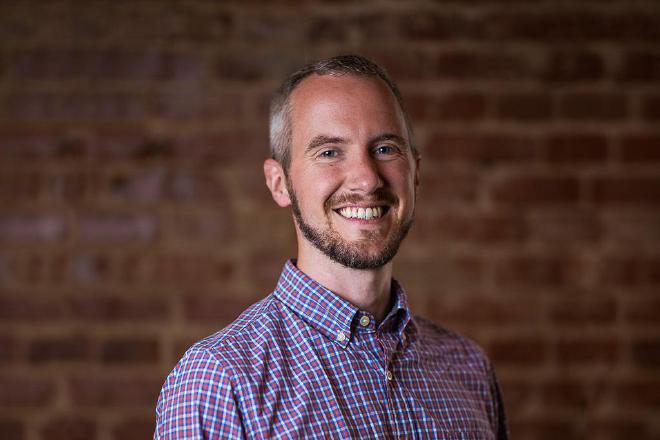Tobias McNulty
Tobias co-founded Caktus in 2007 and, as Chief Executive Officer, guides the strategic vision of the company. He has been an active member of the Django development community, is a core developer of the RapidSMS framework, and makes regular contributions to both the projects. He is the co-author of and chief advocate for the messages framework that was introduced in Django 1.2 and has helped Colin organize several successful Django development sprints in the North Carolina Research Triangle area.
Tobias is also a passionate believer in the power of technology to improve public health and obtained a Masters of Public Health at the University of North Carolina - Chapel Hill in 2016. When he’s not writing software, Tobias loves cooking, making pottery, and cycling.
2017
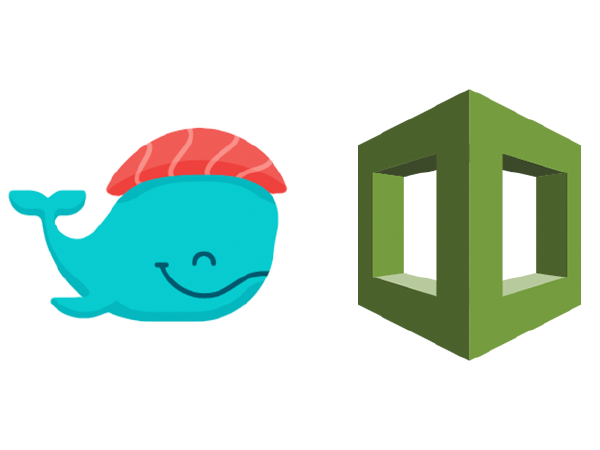
Automating Dokku Setup with AWS Managed Services
Dokku is a great little tool. It lets
you set up your own virtual machine (VM) to facilitate quick and easy
Heroku-like deployments through a git push command. Builds are fast,
and updating environment variables is easy. The problem is that Dokku
includes all of your services on a single instance. When you run your
database on the Dokku instance, you risk losing it (and any data that's
not yet backed up) should your VM suddenly fail.
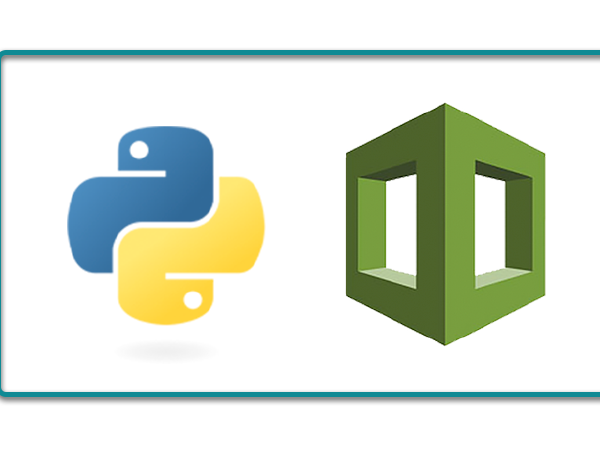
Managing your AWS Container Infrastructure with Python
We deploy Python/Django apps to a wide variety of hosting providers at Caktus. Our django-project-template includes a Salt configuration to set up an Ubuntu virtual machine on just about any hosting provider, from scratch. We've also modified this a number of times for local hosting requirements when our customer required the application we built to be hosted on hardware they control. In the past, we also built our own tool for creating and managing EC2 instances automatically via the Amazon Web Services (AWS) APIs. In March, my colleague Dan Poirier wrote an excellent post about deploying Django applications to Elastic Beanstalk demonstrating how we’ve used that service.

Here's a Production-Ready Dockerfile for Your Python/Django App
Update (October 29, 2019): I updated this post with more recent Django and Postgres versions, to use Python and pip directly in the container (instead of in a separate virtual environment, which was unnecessary), and switched to a non-root user via Docker instead of uWSGI.
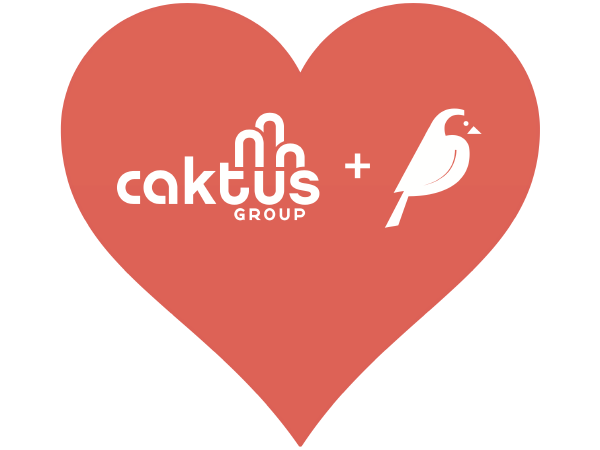
Caktus Attends Wagtail CMS Sprint in Reykjavik
Caktus CEO Tobias McNulty and Sales Engineer David Ray recently had the opportunity to attend a development sprint for the Wagtail Content Management System (CMS) in Reykjavik, Iceland. The two-day software development sprint attracted 15 attendees hailing from a total of 5 countries across North America and Europe.
2016
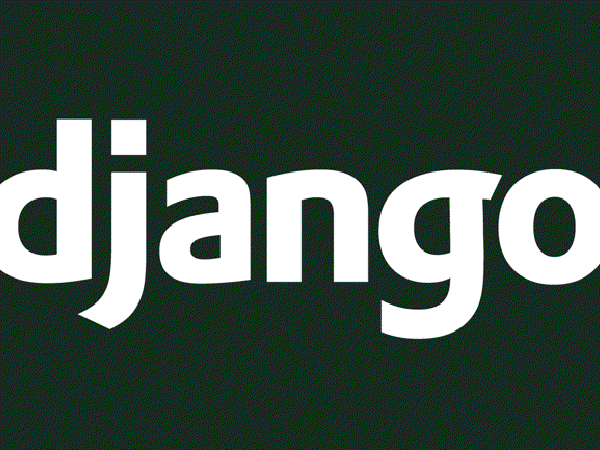
Django is Boring, or Why Tech Startups (Should) Use Django
I recently attended Django Under The Hood in Amsterdam, an annual gathering of Django core team members and developers from around the world. A common theme discussed at the conference this year is that “Django is boring.” While it’s not the first time this has been discussed, it still struck me as odd. Upon further reflection, however, I see Django’s “boringness” as a huge asset to the community and potential adopters of the framework.

Caktus expands anti-discrimination policies to include sexual orientation, gender identity
For the past few months, we’ve been working on broadening our anti-harassment and equal employment policy. We’re very pleased to announce that our policies now include sexual orientation and gender identity as of March 24, 2016.
2015
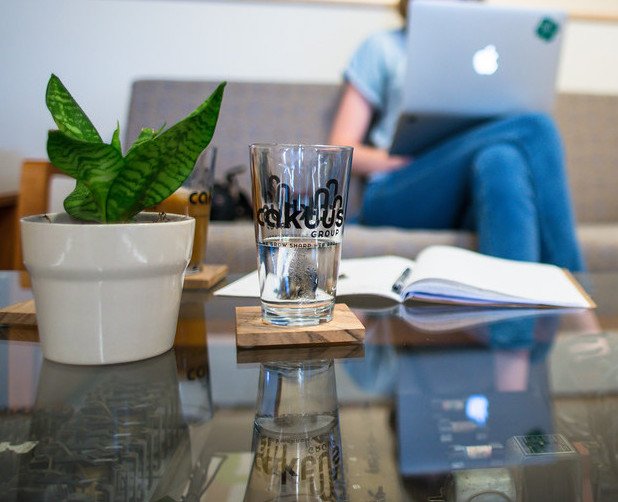
Making Clean Code a Part of Your Build Process (And More!)
At Caktus, “clean” (in addition to “working”!) code is an important part of our delivery. For all new projects, we achieve that by using flake8. flake8 is a wrapper around several tools: pep8, pyflakes, and McCabe. pep8 checks to make sure your code matches the PEP 0008 style guidelines, pyflakes looks for a few additional things like unused imports or variables, and McCabe raises warnings about overly complex sections of code.

Using Unsaved Related Models for Sample Data in Django 1.8
Note: In between the time I originally wrote this post and it
getting published, a
ticket and pull
request were opened in
Django to remove allow_unsaved_instance_assignment and move validation
to the model save() method, which makes much more sense anyways. It's
likely this will even be backported to Django 1.8.4. So, if you're
using a version of Django that doesn't require this, hopefully you'll
never stumble across this post in the first place! If this is still an
issue for you, here's the original post:

Creating and Using Open Source: A Guide for ICT4D Managers
Choosing an open source product or platform upon which to build an ICT4D service is hard. Creating a sustainable, volunteer-driven open source project is even harder. There is a proliferation of open source tools in the world, but the messaging used to describe a given project does not always line up with the underlying technology. For example, the project may make claims about modularity or pluggability that, upon further investigation, prove to be exaggerations at best. Similarly, managers of ICT4D projects may be attracted to Open Source because of the promise of a “free” product, but as we’ve learned through trial and error at Caktus, it’s not always less costly to adapt an existing open source project than it would be to engineer a quality system from the ground up.

PyPy.js: What? How? Why? by Ryan Kelly (PyCon 2015 Must-See Talk: 5/6)
Part five of six in our PyCon 2015 Must-See Series, a weekly highlight of talks our staff enjoyed at PyCon.
From Ryan Kelly’s talk I learned that it is actually possible, today, to run Python in a web browser (not something that interprets Python-like syntax and translates it into JavaScript, but an actual Python interpreter!). PyPy.js combines two technologies, PyPy (the Python interpreter written in Python) and Emscripten (an LLVM-to-JavaScript converter, typically used for getting games running in the browser), to run PyPy in the browser. This talk is a must-see for anyone who’s longed before to write client-side Python instead of JavaScript for a web app. While realistically being able to do this in production may still be a ways off, at least in part due to the multiple megabytes of JavaScript one needs to download to get it working, I enjoyed the view Ryan’s talk provided into the internals of this project. PyPy itself is always fascinating, and this talk made it even more so.
